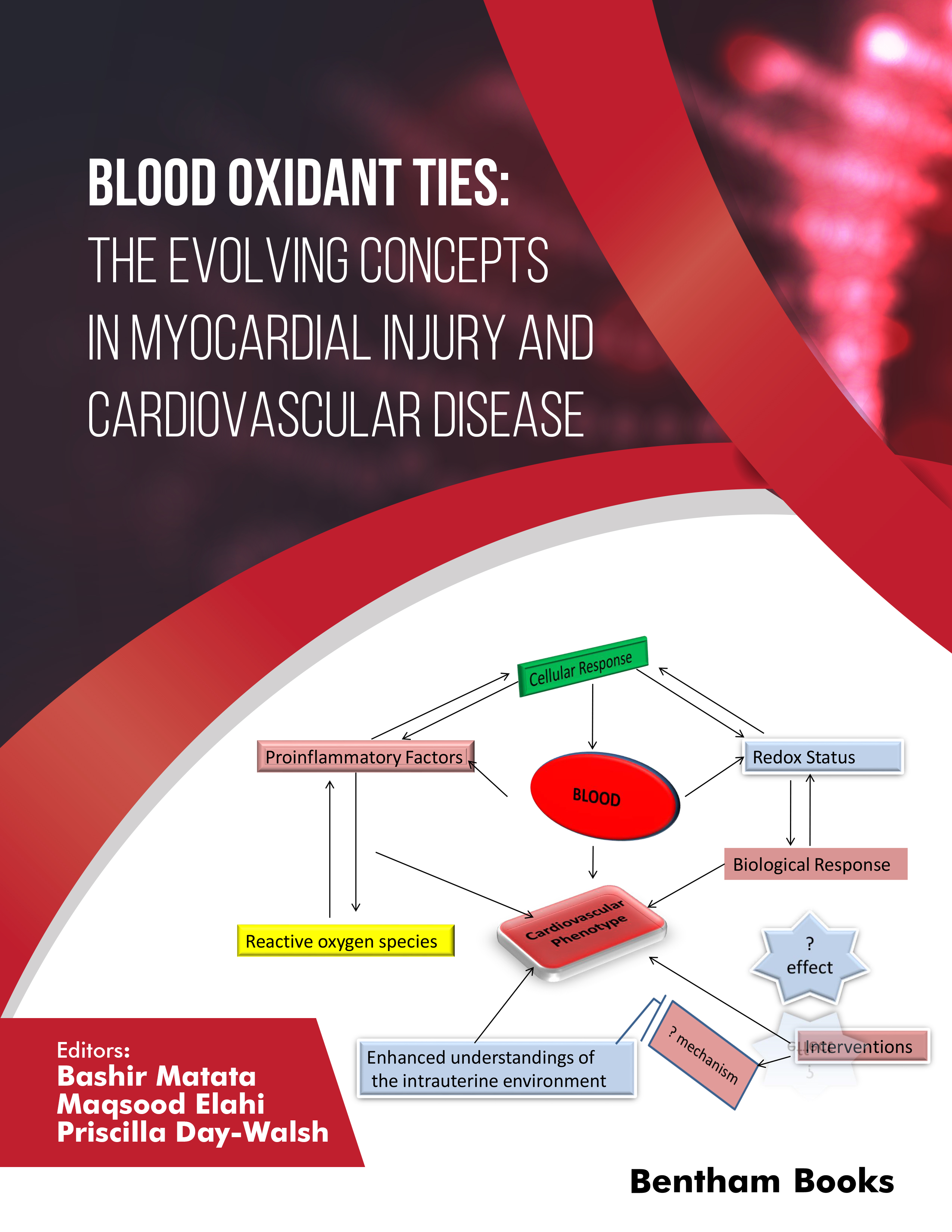Introduction
Blood Oxidant Ties: The Evolving Concepts in Myocardial Injury and Cardiovascular Disease is an update on the recent advances in the development of antioxidant-based therapies. It starts with an overview of the mechanisms underlying the genesis of oxidative stress, summarizing the link between oxidative stress and a number of cardiovascular conditions. This is followed by an explanation of how oxidative stress interacts with lipid metabolism and the placental environment. Three chapters on the role of antioxidant-based therapy for cardiovascular diseases round up the book.
Key Features
- - Outlines several cell-signaling pathways that are modulated by the interplay between reducing and oxidizing agents (redox status) and gene expression in the cardiovascular disease process
- - Brings information about maternal programming environment in the placenta
- - Covers development of novel nanotechnology-based antioxidant delivery systems for effective drug delivery
- - Includes references for further reading
The book is aimed at a broad readership of scientific and medical professionals involved in research on cardiovascular diseases, pathophysiology, pharmacy, pharmaceutical science and life sciences. It also serves as a reference for scholars who want to understand the complex biochemical mechanisms of antioxidant agents.
Audience
Scientific and medical professionals involved in research on cardiovascular diseases, pathophysiology, pharmacy, pharmaceutical science and life sciences; scholars who want to understand the complex biochemical mechanisms of anti-oxidant agents.

